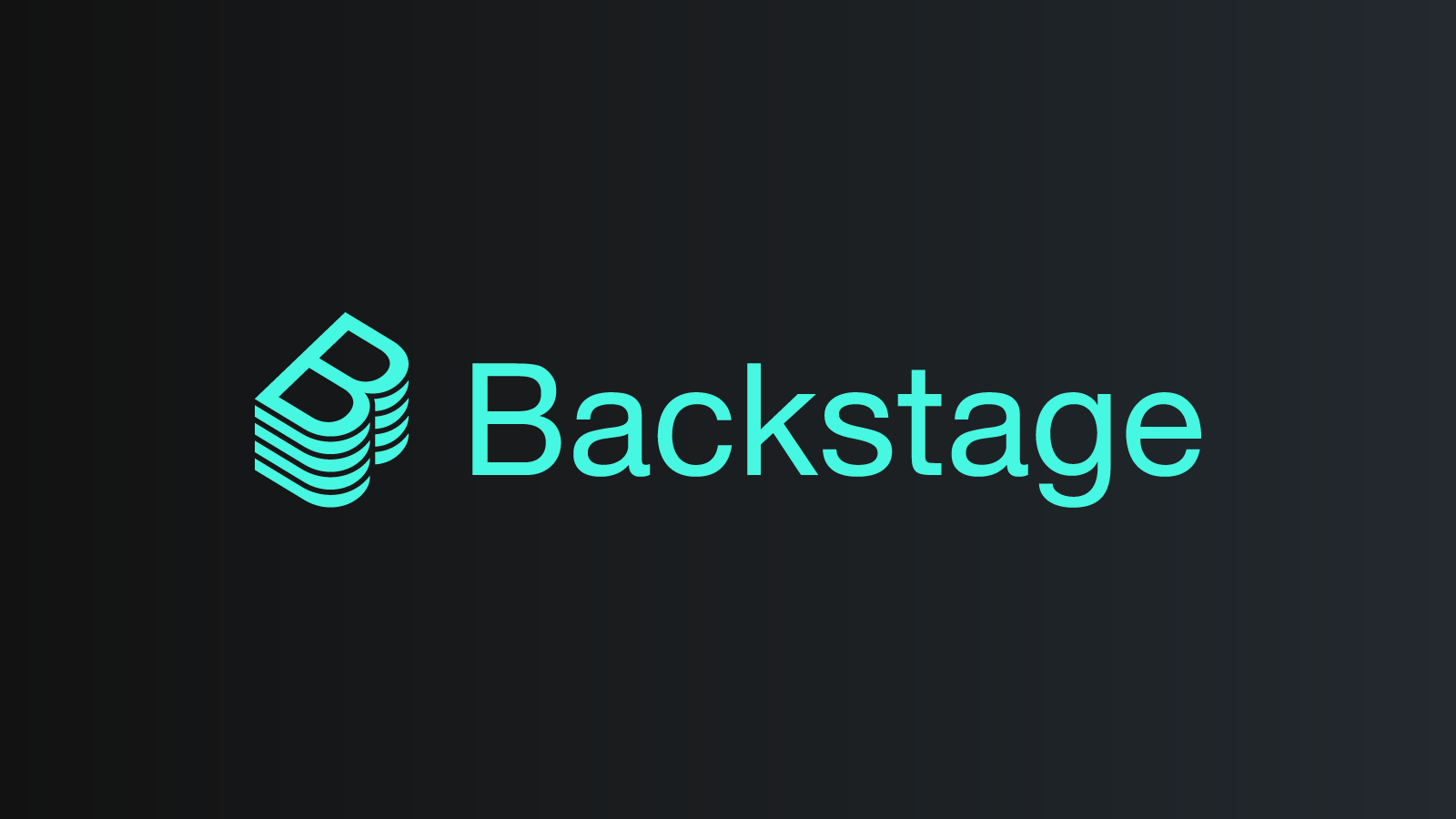Simplifying Infrastructure as Code (IaC) for Developers
Infrastructure as Code (IaC) has revolutionized the way we manage and provision cloud infrastructure. However, for developers, the complexity of IaC can sometimes be daunting. As a Platform Engineer, I've seen the importance of making IaC more accessible and straightforward for developers. Here are some strategies to simplify IaC and enhance developer productivity as well as the implementation of an "IDP-in-a-Box" (Internal Developer Portal in a Box).
TLDR;
Adopt user-friendly tools like Terraform and Pulumi, leverage developer portals to centralize resources and standardize processes, and incorporate Generative AI for automated code generation and error detection. Use modular and reusable code, focus on security and compliance with automated checks, and provide ongoing training and support. Solicit and act on developer feedback to continuously refine processes and tools.
1. Adopt User-Friendly Tools and Frameworks
Selecting tools and frameworks that are intuitive and easy to use can significantly reduce the learning curve. Tools like Terraform, Crossplane and Pulumi offer comprehensive documentation and user-friendly interfaces that simplify the creation and management of infrastructure.
2. Leverage Developer Portals please!
Developer portals can be a game-changer in simplifying IaC. These portals provide a centralized platform where developers can access all the resources they need, including documentation, templates, scripts, and best practices. By using a developer portal, teams can:
- Centralize Resources: All necessary resources and tools are in one place, reducing the time spent searching for information.
- Standardize Processes: Consistent workflows and templates can be enforced, ensuring adherence to best practices.
- Facilitate Onboarding: New developers can quickly get up to speed with structured and accessible resources.
Developer portals can also integrate with CI/CD pipelines, version control systems, and other tools, providing a seamless development experience. Backstage and Clutch.sh are prime examples of developer portals.


3. Incorporate Generative AI (Copilot for your devs)
Generative AI (GenAI) is revolutionizing many aspects of software development, and IaC is no exception. Here's how GenAI can simplify IaC for developers:
- Code Generation: GenAI can automatically generate IaC scripts based on high-level requirements, reducing the need for manual coding. Tools like Github copilot or AWS CodeWhisperer are already making strides in this area.
- Error Detection and Fixes: GenAI can analyze IaC scripts for errors and suggest fixes, helping developers avoid common pitfalls and improve code quality.
- Documentation and Tutorials: GenAI can generate personalized documentation and tutorials based on the specific needs and skill levels of developers, providing targeted learning resources.
- Predictive Maintenance: By analyzing usage patterns and historical data, GenAI can predict potential issues and suggest proactive measures, ensuring infrastructure reliability and stability.
Encourage the use of modular and reusable code. Breaking down infrastructure into smaller, reusable modules makes it easier to manage and understand. This approach not only simplifies development but also enhances maintainability and scalability.
5. Focus on Security and Compliance
Simplifying IaC includes making security and compliance straightforward. Implement automated security checks and compliance validations as part of the development process. Tools like Checkov can help automate these checks, ensuring that security and compliance are maintained without adding complexity.
6. Provide Training and Support
Ongoing training and support are essential for simplifying IaC. Regular workshops, training sessions, and access to a knowledge base can help developers stay up-to-date with the latest tools and best practices. Encourage a culture of continuous learning and provide resources that enable developers to improve their IaC skills. Build an internal community supported by SMEs of the platform to help demystify all the intricacy of IaC
7. Solicit and Act on Developer Feedback
Regularly solicit feedback from developers to understand their pain points and areas for improvement. Act on this feedback to refine processes, tools, and documentation. Creating a feedback loop ensures that the IaC environment continuously evolves to meet the needs of developers.
How CNOE Provides a Baseline Solution to Implement IDPs
The Cloud Native Operational Excellence (CNOE) initiative offers a comprehensive framework for building Internal Developer Platforms (IDPs) leveraging open-source technologies and best practices. This initiative is a collaboration among industry leaders like Adobe, Amazon Web Services, Autodesk, Salesforce, and Twilio, aimed at sharing developer tooling, insights, and patterns to help organizations make informed technology choices and streamline their development processes.
Key Features:
- Open Source First
- Community Driven
- Modular and Flexible
- Built on Kubernetes
- Comprehensive Tooling and Best Practices
Implementation Example with idpbuilder
The idpbuilder tool from CNOE exemplifies how to quickly set up a complete internal developer platform. By using only Docker as a dependency, idpbuilder can provision essential components like Argo CD for continuous deployment, Gitea for source control, and Nginx for ingress management. This tool simplifies the setup process, making it accessible even for teams with limited Kubernetes expertise.
The core packages provided by idpbuilder include predefined configurations for critical components, enabling quick deployment and integration. Users can customize these setups to fit their specific needs, ensuring that the platform remains flexible and adaptable to various use cases.
For example, the idpbuilder allows you to:
- Create and manage Kubernetes clusters with specific configurations.
- Deploy and configure Argo CD and Gitea for version control and deployment automation.
- Manage secrets and configurations securely across the platform.
- Customize deployments by specifying custom package directories or remote git repositories.
By providing a unified framework and a set of reference implementations, CNOE helps organizations reduce the complexity associated with setting up and managing IDPs, enabling developers to focus more on delivering high-quality software.
For more details on how to leverage CNOE and tools like idpbuilder, you can visit their official website CNOE and explore the comprehensive documentation and resources they offer.
By implementing these strategies you can simplify IaC for developers, making it more accessible and efficient. Simplified IaC processes not only enhance developer productivity but also improve the overall reliability and scalability of your cloud infrastructure. As we continue to embrace the benefits of IaC, prioritizing ease of use for developers will be key to our success.


